In today’s globalized economy, sea freight has emerged as a vital component for businesses engaging in international trade, particularly for those importing goods from China. With its cost-effectiveness, capacity for large shipments, and environmental advantages, sea freight offers a practical solution for managing logistics efficiently. This comprehensive guide delves into the intricacies of sea freight, exploring its benefits, key considerations for shipping to Luxembourg, and the detailed processes involved in ensuring smooth transit. By understanding the various aspects of sea freight, businesses can navigate the complexities of global shipping and optimize their logistics strategies for successful imports.
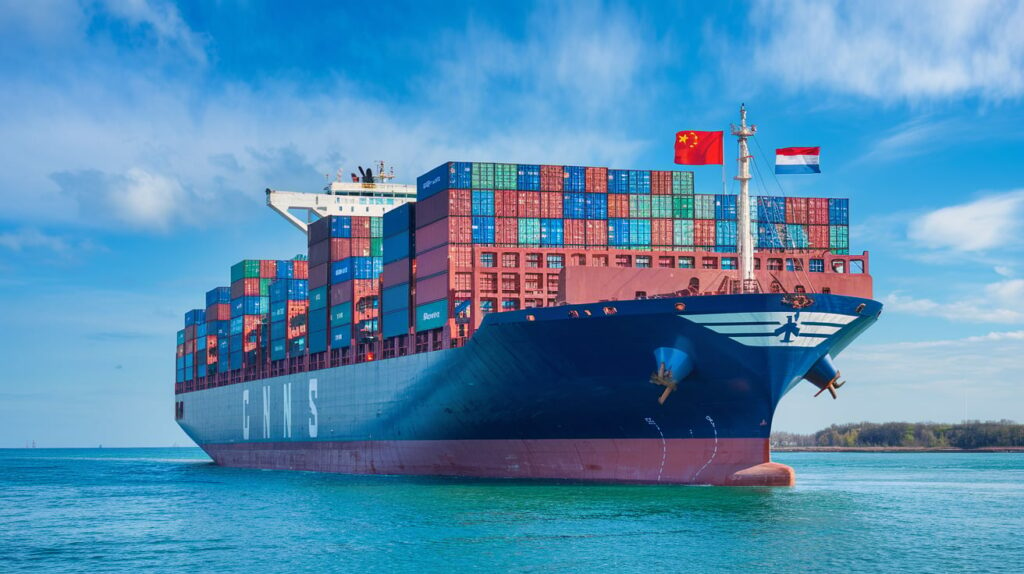
Understanding Sea Freight
Sea freight, also known as ocean freight, is the transportation of goods via maritime routes. This method of shipping is highly preferred for bulk goods or large shipments due to its cost-effectiveness and capacity. Unlike air freight, which is typically constrained by size and weight limits, sea freight can accommodate larger volumes, making it the go-to choice for many global traders looking to import goods from China.
Why Choose Sea Freight?
-
Cost Efficiency: Sea freight is generally more affordable compared to air shipping, especially for larger shipments. This lower cost per unit can significantly impact overall expenses, making it suitable for businesses looking to optimize their logistics budget.
-
Capacity and Versatility: Shipping companies can handle various types of cargo, from raw materials to finished products. Containers can be customized to fit the cargo requirements, ensuring that goods are shipped safely and securely.
-
Environmental Impact: Sea freight has a lower carbon footprint per ton of cargo compared to air transport. For companies looking to enhance their sustainability efforts, choosing sea freight supports eco-friendly logistics.
-
Global Reach: With extensive maritime networks, sea freight services connect businesses to almost every corner of the globe. This is particularly crucial for companies importing goods from China to various markets, including Europe, Asia, and beyond.
Benefits of Sea Freight for Importing Goods
The advantages of opting for sea freight when importing goods from China include:
| Benefit | Description |
|---|---|
| Cost Savings | Lower shipping costs per unit, especially for large volumes. |
| Large Capacity | Ability to ship bulky and heavy items that may not meet air freight restrictions. |
| Safety and Security | Goods are stored in secure containers, minimizing the risks of damage or theft. |
| Flexibility in Cargo Types | Can transport a wide variety of cargo, including hazardous materials and oversized items. |
| Reliable Delivery Schedule | Shipping schedules are generally predictable, allowing for better planning and inventory management. |
You may be interested in the following related articles:
- How to Save Money with a Freight Forwarder from China to Turkmenistan
- Step-by-Step Guide to Sea Freight From China to Belgium
- Finding the Best Freight Forwarder from China to Paraguay
- Sea Freight from China to Ghana: A Complete Step-by-Step Process
- Finding the Best Freight Forwarder from China to Sudan
- The Ultimate Guide to Sea Freight from China to Iran
Key Considerations for Shipping from China to Luxembourg
When shipping goods from China to Luxembourg, several key factors need to be taken into account to ensure a smooth logistics process. These considerations include shipping methods, shipping routes, required documents, and customs clearance.
Shipping Methods
For shipments from China to Luxembourg, the primary shipping methods available are sea freight and air freight. However, sea freight is often the preferred method for larger shipments due to its cost-effectiveness.
- Sea Freight: Ideal for bulk shipments; typically takes longer (approximately 30-45 days), but offers significant cost savings.
- Air Freight: Recommended for time-sensitive shipments; faster delivery (around 5-7 days) but at a higher cost.
Shipping Routes
The choice of shipping routes can influence delivery times and costs. The most common routes from China to Luxembourg typically involve:
| Route | Description |
|---|---|
| Direct Route | Involves shipping directly from major Chinese ports (e.g., Shanghai, Shenzhen) to European ports (e.g., Antwerp, Hamburg). |
| Transshipment | Goods are shipped to a hub (e.g., Singapore or Rotterdam) before being forwarded to Luxembourg. This may extend delivery time but can offer competitive rates. |
Required Documents
To facilitate the importation of goods into Luxembourg, several documents are required:
| Document | Description |
|---|---|
| Commercial Invoice | A detailed invoice reflecting the transaction between the seller and buyer, including product descriptions and prices. |
| Bill of Lading | A receipt issued by the shipping company, detailing the shipment and granting the consignee title to the goods. |
| Packing List | An itemized list of the shipment contents, useful for customs inspection. |
| Import License | Certain goods may require an import license; ensure to check Luxembourg’s regulations. |
| Certificate of Origin | Some products may need a certificate to verify their origin, which may affect customs duties. |
Customs Clearance
Customs clearance is a critical step in the shipping process. It involves the submission of required documents to customs authorities to ensure compliance with regulations. Consider the following aspects:
-
Customs Duties and Taxes: Familiarize yourself with any applicable tariffs and VAT for your specific goods upon importation to Luxembourg.
-
Customs Brokers: Engaging a professional customs broker can simplify the process. They can assist with documentation, ensure compliance with local laws, and expedite clearance.
-
Inspections: Be prepared for potential inspections by customs authorities. Having accurate and complete documentation will minimize delays.
-
Dantful’s Support: Choosing Dantful International Logistics means you have access to expert customs clearance services. Our team can help streamline the process, ensuring compliance and expediting your shipments.
By understanding the nuances of sea freight and considering the key factors involved in shipping from China to Luxembourg, businesses can navigate the logistics landscape more effectively. For a highly professional, cost-effective, and high-quality logistics service, consider partnering with Dantful International Logistics. Our extensive experience in global trade ensures that your importing needs are met efficiently. Explore our range of services, including Door to Door Shipping and Customs Clearance, to optimize your supply chain and achieve your business goals.
Major Ports for Sea Freight
Top Chinese Ports for Exporting to Luxembourg
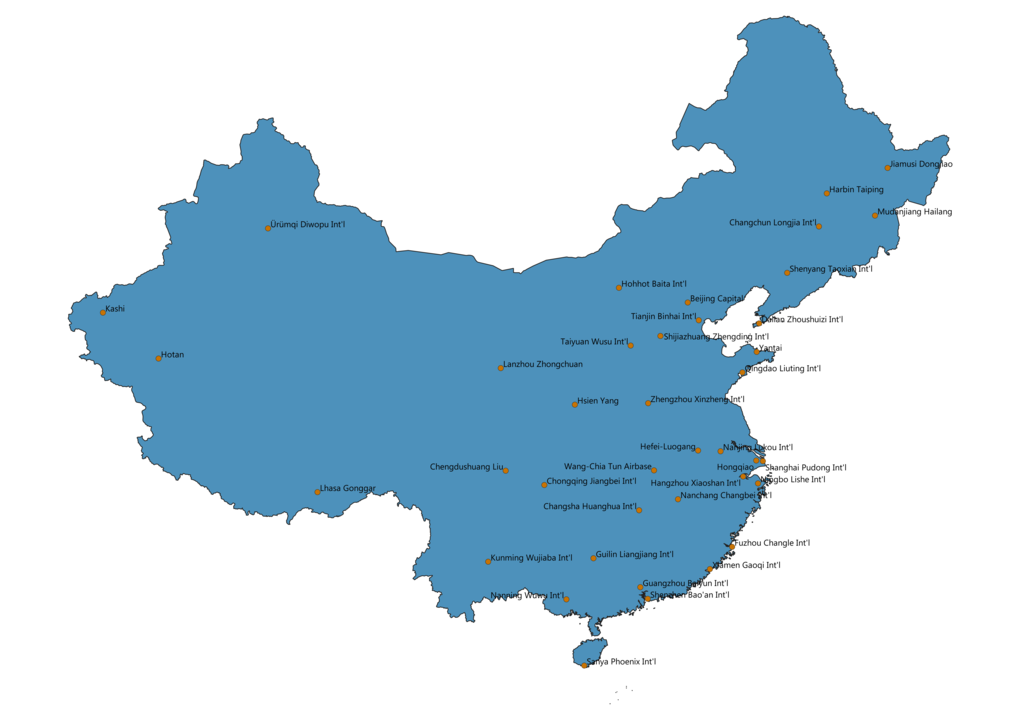
China hosts several major ports that facilitate international trade. For shipments destined for Luxembourg, the following ports are particularly prominent:
| Port | Location | Description |
|---|---|---|
| Shanghai Port | Shanghai | The busiest port in China and one of the largest in the world, known for its state-of-the-art facilities and extensive shipping routes. |
| Shenzhen Port | Shenzhen | A key hub for trade, this port handles significant volumes of imports and exports, particularly electronics and consumer goods. |
| Ningbo-Zhoushan Port | Ningbo | Renowned for its deep-water capabilities, it is ideal for larger vessels and diverse cargo types. |
| Guangzhou Port | Guangzhou | A major port with a strategic location that serves the southern region of China, facilitating various types of shipments. |
| Hong Kong Port | Hong Kong | While technically a separate territory, this port remains a crucial gateway for goods entering and leaving mainland China. |
These ports collectively handle a significant portion of China’s export traffic, making them essential for businesses looking to import goods from China to Luxembourg.
Key Luxembourg Ports for Imports
For imported goods arriving from China, Luxembourg’s transport infrastructure relies on a few key ports and logistics hubs:
| Port | Location | Description |
|---|---|---|
| Port of Differdange | Differdange | The primary port in Luxembourg, it specializes in container handling and connects directly to various European destinations. |
| Port of Mertert | Mertert | A river port that plays a vital role in inland shipping, offering connections to the Moselle River for further distribution. |
| Port of Esch-sur-Alzette | Esch-sur-Alzette | Important for transporting bulk goods and serves as a key logistics point for industrial imports. |
These ports are well-integrated into Luxembourg’s logistics network, ensuring efficient distribution throughout Europe.
Read More:
- Shipping From China To Netherlands
- Shipping From China To Spain
- Shipping From China To Germany
- Shipping From China To France
- Shipping From China to Italy
- Shipping From China To Poland
- Shipping From China to United Kingdom
The Sea Freight Shipping Process Step-by-Step
Understanding the sea freight shipping process is crucial for managing logistics efficiently. Below are the key steps involved in shipping goods from China to Luxembourg.
1. Obtaining a Freight Quote and Booking
Initiating the shipping process involves obtaining a freight quote. The steps include:
- Providing Shipment Details: Share essential information with your freight forwarder, such as cargo dimensions, weight, nature of the goods, and desired delivery timeline.
- Agreeing on Shipping Terms and Rates: Discuss and establish shipping terms (e.g., Incoterms) and negotiate rates based on your shipment’s details.
- Confirming the Booking: Once all parties agree, confirm the booking to secure space on a vessel.
2. Cargo Pick-Up and Delivery to the Port
The next step involves logistics management:
- Arranging for Cargo Pick-Up: Coordinate with the supplier in China to schedule the collection of the cargo.
- Transporting the Goods to the Port of Departure in China: Ensure timely transportation of goods to the designated port, utilizing reliable trucking or logistics services.
3. Export Customs Clearance in China
Before your cargo can be loaded onto a vessel, it must clear export customs:
- Submitting Required Documents: Provide necessary documentation such as the commercial invoice, bill of lading, and packing list.
- Paying Export Duties and Taxes: Ensure all applicable export duties and taxes are settled to avoid delays.
4. Loading and Ocean Transportation
Once customs clearance is complete, the cargo is loaded onto the ship:
- Loading the Cargo onto the Vessel: Coordinate with port authorities to ensure the cargo is loaded correctly and securely onto the vessel.
- Transit Time from China to Luxembourg: The transit time typically ranges from 30 to 45 days, depending on the shipping route and any transshipment involved.
5. Import Customs Clearance in Luxembourg
Upon arrival in Luxembourg, the cargo must clear customs:
- Submitting Import Documents: Submit the required import documents to Luxembourg customs, including the bill of lading and any necessary import permits.
- Paying Import Duties and Taxes: Settle customs duties and VAT applicable to the imported goods, ensuring compliance with local regulations.
6. Cargo Unloading and Delivery to the Final Destination
The final stage of the shipping process involves logistics management upon arrival:
- Unloading the Cargo at the Port of Arrival in Luxembourg: Ensure efficient unloading processes to avoid congestion at the port.
- Arranging for Final Delivery to Your Warehouse or Facility: Coordinate with logistics providers to transport goods from the port to your specified location, ensuring timely delivery.
Navigating the complexities of sea freight requires attention to detail and careful planning. Utilizing the expertise available through Dantful International Logistics can greatly enhance your shipping experience from China to Luxembourg. Dantful offers a comprehensive suite of services, including customs clearance and warehouse services, ensuring a streamlined process tailored to your needs. Explore our services today to optimize your logistics and enhance your business operations.
Shipping Costs from China to Luxembourg by Sea Freight
Understanding the costs associated with sea freight from China to Luxembourg is essential for businesses looking to optimize their logistics budgets. This section breaks down the various components of shipping costs and provides practical tips for reducing overall expenses.
Breakdown of Sea Freight Costs
When calculating sea freight costs, several factors come into play. Here’s a detailed breakdown:
| Cost Component | Description |
|---|---|
| Freight Charges | The primary cost associated with shipping, which varies based on cargo weight, volume, and shipping route. It’s usually calculated per container or per ton. |
| Fuel Surcharges | Additional charges imposed by carriers to cover fluctuations in fuel prices. This is typically a percentage of the freight charges. |
| Port Fees | Charges incurred at both the departure and arrival ports, including loading and unloading fees, terminal handling charges, and port security fees. |
| Customs Duties and Taxes | Fees imposed by the government on imported goods, including value-added tax (VAT) and import duties based on the nature of the products. |
| Insurance Costs | Optional but recommended, marine cargo insurance protects against loss or damage to shipments during transit. Costs vary based on the shipment’s value. |
| Documentation Fees | Charges for the preparation of necessary shipping documents such as bills of lading, invoices, and customs declarations. |
| Delivery Charges | Costs associated with transporting goods from the port to the final destination, which may involve additional local logistics services. |
Understanding these costs allows businesses to budget effectively and identify areas where they can potentially save.
Tips for Reducing Shipping Expenses
To help mitigate shipping costs when importing from China to Luxembourg, consider the following strategies:
-
Consolidate Shipments: Combine multiple smaller shipments into one larger shipment to take advantage of bulk shipping rates and reduce per-unit costs.
-
Negotiate with Freight Forwarders: Build relationships with freight forwarders to obtain better rates. Regular shipments might qualify for discounts or improved terms.
-
Choose the Right Shipping Method: While sea freight is generally cost-effective for large shipments, consider alternate shipping methods for smaller, urgent shipments to save time and costs.
-
Optimize Packaging: Use efficient packaging to minimize volume and weight, thus reducing freight charges. Proper packaging also protects goods from damage during transit.
-
Utilize Freight Insurance: Although it’s an additional cost, freight insurance can save significant money in case of loss or damage during shipping, preventing unforeseen expenses.
Shipping Times from China to Luxembourg by Sea Freight
Shipping times are a critical factor for businesses planning to import goods. The following segments detail typical transit times and factors affecting delivery speed.
Port-to-Port Delivery
Typical Transit Times for Major Port Pairs
The transit time from China to Luxembourg can vary based on the shipping route and handling procedures. Here are typical estimates for major port pairs:
| Route | Estimated Transit Time |
|---|---|
| Shanghai to Antwerp | 33-40 days |
| Shenzhen to Hamburg | 30-35 days |
| Ningbo to Rotterdam | 32-38 days |
| Guangzhou to Antwerp | 35-42 days |
These transit times are affected by various factors, including:
- Shipping Line Performance: Different carriers have varying schedules and reliability, which can influence transit times.
- Weather Conditions: Adverse weather can delay shipping schedules, impacting delivery.
- Port Congestion: Busy ports may experience delays in loading and unloading, affecting overall shipping times.
- Customs Clearance: Efficient customs processing on both ends can expedite delivery, while delays can extend times significantly.
Door-to-Door Delivery
Door-to-door delivery encompasses the entire shipping process, from the supplier in China to the final destination in Luxembourg. This service typically includes pickup, ocean freight, customs clearance, and delivery to your facility.
Estimated Transit Times
The total door-to-door delivery time is generally longer than port-to-port due to additional logistics involved. Typical door-to-door transit times range from 40 to 60 days, depending on:
- Origin and Destination Locations: Distances and accessibility to ports can affect delivery times.
- Local Transport Arrangements: The efficiency of local transport services from the port to the final destination can vary.
- Customs Processes: Delays in customs clearance can extend overall delivery times.
Choosing a reliable logistics partner, such as Dantful International Logistics, can enhance efficiency in the shipping process. Dantful offers a robust suite of services, including Door to Door Shipping and Customs Clearance, ensuring timely delivery and optimal logistics management for your business needs. Explore how our expertise can transform your logistics strategy and boost your importing efficiency.
Dantful International Logistics Services:
- Dantful Ocean Freight Services
- Air Freight From China
- Amazon FBA Freight Forwarding
- WAREHOUSE Services
- One-Stop Customs Clearance Solution
- Cargo Insurance Services in China
- DDP Shipping Services By Dantful Logistics
- Out of Gauge Cargo Transportation Shipping Services
FAQs
1. What is sea freight, and how does it differ from air freight?
Sea freight, also known as ocean freight, involves the transportation of goods via maritime routes. It is typically more cost-effective for larger shipments compared to air freight, which is faster but more expensive and constrained by size and weight limits.
2. Why should I choose sea freight for importing goods from China?
Choosing sea freight offers several advantages, including cost efficiency, large capacity for bulky goods, a lower environmental impact, and a global reach that connects businesses to multiple markets.
3. What are the benefits of using sea freight?
The benefits of sea freight include:
- Cost Savings: Lower shipping costs per unit, especially for large volumes.
- Large Capacity: Ability to ship bulky and heavy items.
- Safety and Security: Goods are stored in secure containers.
- Flexibility: Can transport a wide variety of cargo types.
- Reliable Delivery Schedule: Predictable shipping schedules for better inventory management.
4. What shipping methods are available for goods from China to Luxembourg?
The primary shipping methods are sea freight and air freight. Sea freight is preferred for larger shipments due to its cost-effectiveness, while air freight is suitable for time-sensitive deliveries.
5. What documents are required for shipping from China to Luxembourg?
Key documents include:
- Commercial Invoice
- Bill of Lading
- Packing List
- Import License (if required)
- Certificate of Origin (if applicable)
6. How does customs clearance work for shipments to Luxembourg?
Customs clearance involves submitting required documents to customs authorities in Luxembourg and ensuring compliance with regulations. Engaging a professional customs broker can simplify this process.
7. What are the major ports in China for exporting to Luxembourg?
Key Chinese ports include:
- Shanghai Port
- Shenzhen Port
- Ningbo-Zhoushan Port
- Guangzhou Port
- Hong Kong Port
8. What are the key ports in Luxembourg for imports?
The primary ports in Luxembourg include:
- Port of Differdange
- Port of Mertert
- Port of Esch-sur-Alzette
9. What are the typical shipping costs from China to Luxembourg by sea freight?
Shipping costs can vary based on several components, including freight charges, fuel surcharges, port fees, customs duties, and insurance costs. A detailed breakdown can help businesses budget effectively.
10. How long does shipping from China to Luxembourg take by sea?
Typical transit times from major ports in China to Luxembourg range from 30 to 45 days for port-to-port delivery. Door-to-door delivery may take between 40 to 60 days due to additional logistics involved.

Young Chiu is a seasoned logistics expert with over 15 years of experience in international freight forwarding and supply chain management. As CEO of Dantful International Logistics, Young is dedicated to providing valuable insights and practical advice to businesses navigating the complexities of global shipping.
The other language versions of this article
- دليل خطوة بخطوة للشحن البحري من الصين إلى لوكسمبورج – دانتفول
- Stap-voor-stap handleiding voor zeevracht van China naar Luxemburg
- Guide étape par étape du fret maritime de la Chine vers le Luxembourg
- Schritt-für-Schritt-Anleitung für Seefracht von China nach Luxemburg
- Guida passo passo al trasporto marittimo dalla Cina al Lussemburgo
- Guía paso a paso para el transporte marítimo de China a Luxemburgo
- Guia passo a passo para frete marítimo da China para Luxemburgo
- Пошаговое руководство по морским грузоперевозкам из Китая в Люксембург
- Çin’den Lüksemburg’a Deniz Taşımacılığına Adım Adım Kılavuz




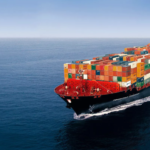
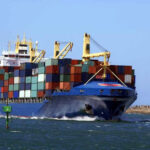





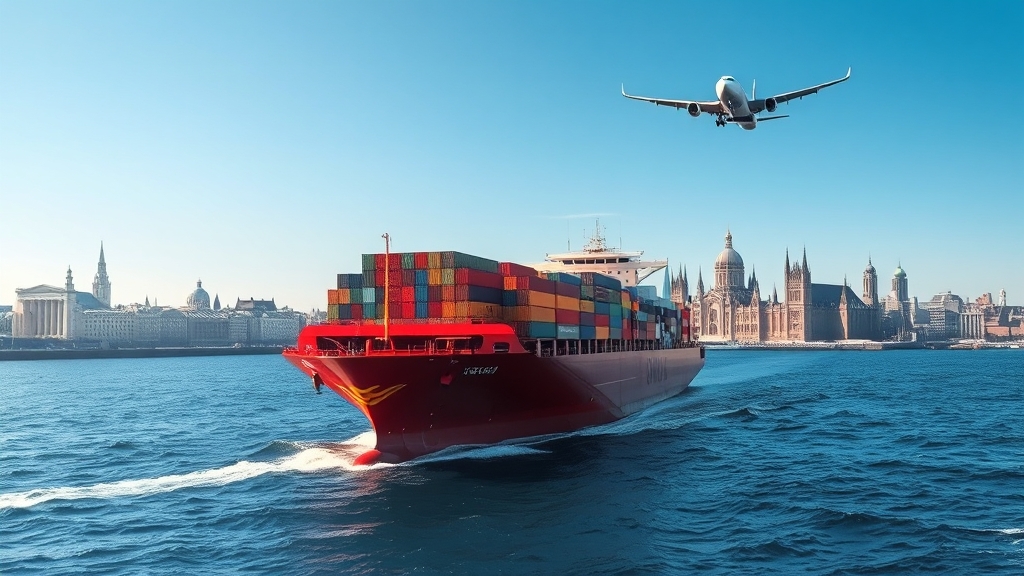
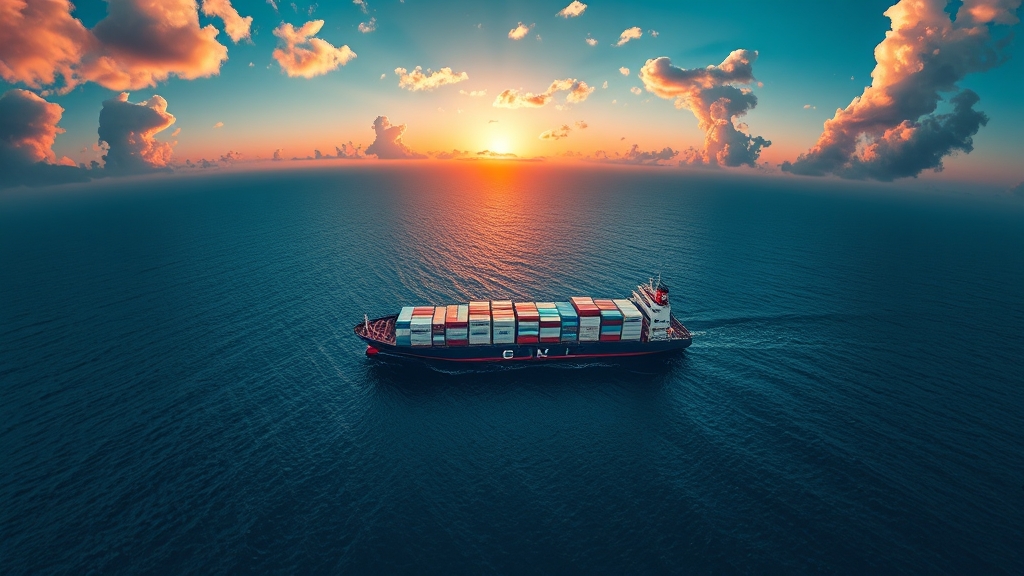
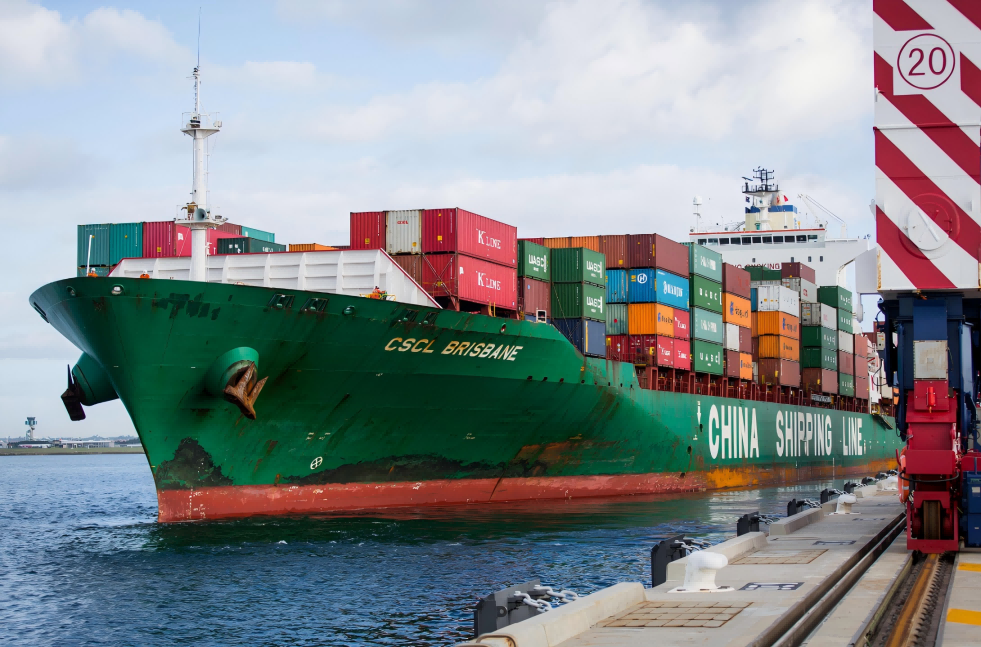
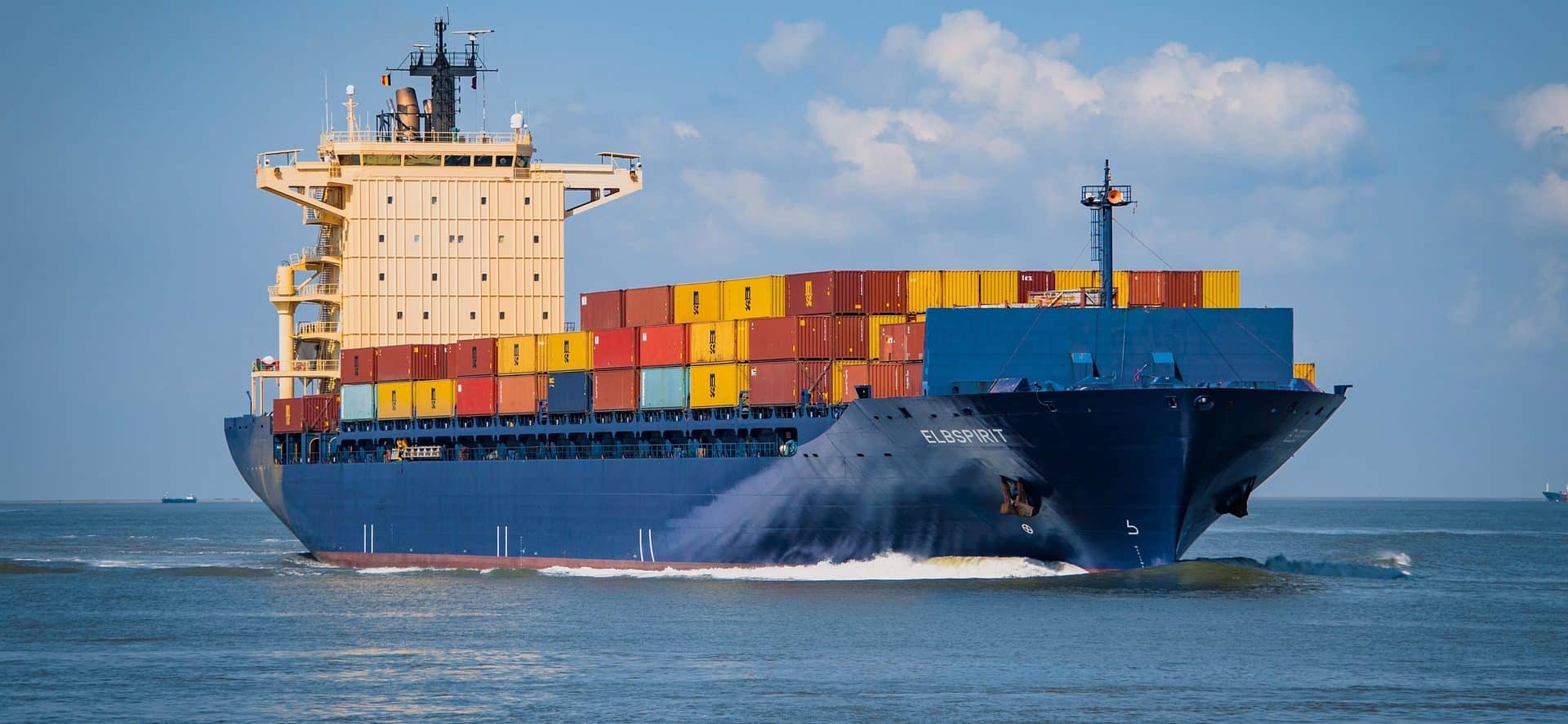






 Afrikaans
Afrikaans Shqip
Shqip አማርኛ
አማርኛ العربية
العربية Հայերեն
Հայերեն Azərbaycan dili
Azərbaycan dili Euskara
Euskara Беларуская мова
Беларуская мова বাংলা
বাংলা Bosanski
Bosanski Български
Български Català
Català Cebuano
Cebuano Chichewa
Chichewa 简体中文
简体中文 繁體中文
繁體中文 Corsu
Corsu Hrvatski
Hrvatski Čeština
Čeština Dansk
Dansk Nederlands
Nederlands English
English Esperanto
Esperanto Eesti
Eesti Filipino
Filipino Suomi
Suomi Français
Français Galego
Galego ქართული
ქართული Deutsch
Deutsch Ελληνικά
Ελληνικά Kreyol ayisyen
Kreyol ayisyen Harshen Hausa
Harshen Hausa Ōlelo Hawaiʻi
Ōlelo Hawaiʻi עִבְרִית
עִבְרִית हिन्दी
हिन्दी Hmong
Hmong Magyar
Magyar Íslenska
Íslenska Igbo
Igbo Bahasa Indonesia
Bahasa Indonesia Gaeilge
Gaeilge Italiano
Italiano 日本語
日本語 Basa Jawa
Basa Jawa ಕನ್ನಡ
ಕನ್ನಡ Қазақ тілі
Қазақ тілі ភាសាខ្មែរ
ភាសាខ្មែរ 한국어
한국어 كوردی
كوردی Кыргызча
Кыргызча ພາສາລາວ
ພາສາລາວ Latin
Latin Latviešu valoda
Latviešu valoda Lietuvių kalba
Lietuvių kalba Lëtzebuergesch
Lëtzebuergesch Македонски јазик
Македонски јазик Malagasy
Malagasy Bahasa Melayu
Bahasa Melayu മലയാളം
മലയാളം Maltese
Maltese Te Reo Māori
Te Reo Māori मराठी
मराठी Монгол
Монгол ဗမာစာ
ဗမာစာ नेपाली
नेपाली Norsk bokmål
Norsk bokmål پښتو
پښتو فارسی
فارسی Polski
Polski Português
Português ਪੰਜਾਬੀ
ਪੰਜਾਬੀ Română
Română Русский
Русский Samoan
Samoan Gàidhlig
Gàidhlig Српски језик
Српски језик Sesotho
Sesotho Shona
Shona سنڌي
سنڌي සිංහල
සිංහල Slovenčina
Slovenčina Slovenščina
Slovenščina Afsoomaali
Afsoomaali Español
Español Basa Sunda
Basa Sunda Kiswahili
Kiswahili Svenska
Svenska Тоҷикӣ
Тоҷикӣ தமிழ்
தமிழ் తెలుగు
తెలుగు ไทย
ไทย Türkçe
Türkçe Українська
Українська اردو
اردو O‘zbekcha
O‘zbekcha Tiếng Việt
Tiếng Việt Cymraeg
Cymraeg יידיש
יידיש Yorùbá
Yorùbá Zulu
Zulu